Charrette Update: Growing the thermal network

HEET’s charrettes bring together utility representatives, environmental advocates, legislators, geothermal experts and other stakeholders to share knowledge on the best path forward for networked geothermal (a system of networked ground source heat pumps).
This fall, stakeholders gathered over Zoom to discuss what legal and regulatory changes will be necessary to allow the utility-scale geothermal network built from interconnected geothermal network to expand, plus the most cost-effective way to transition away from fossil fuels.
‘Legislation and Regulation’ Charrette
In Massachusetts, recent climate legislation mandates that the state reach net-zero carbon emissions by 2050. To achieve this, we must transition away from polluting fossil fuels, like natural gas. But, under current laws and regulations, gas utilities are only permitted to sell gas.
What if these utilities could become thermal providers and sell renewable energy to heat and cool customers' homes?
“An Act Relative to the Future of Heat in the Commonwealth,” proposed by State Senator Cynthia Creem (S.2148) and Representative Lori Ehrlich (H.3298), is a potentially promising step towards this transition. The bill would permit gas companies to sell non-emitting thermal energy and encourage utilities to innovate, especially in the realm of renewable energy. This legislation could allow networked geothermal, systems of networked ground source heat pumps, to scale far beyond the demonstration projects planned for next year. For more information on the details and other relevant current legislation, see the Gas Leak Allies’ website.
‘Growing the thermal network’ Charrette - An Exploration of Cost
Some customers are already choosing to leave the gas system and install renewable energy for their homes. As more people move off gas, it leaves a smaller base paying for a larger portion of fixed costs.
Meanwhile, gas utilities are replacing leak-prone gas mains for safety and considering blending hydrogen in with natural gas to reduce emissions. This pathway would leave fewer gas customers paying for even more expensive infrastructure and fuel.
It is essential that we address these issues head-on to ensure an equitable transition away from gas that doesn’t leave anyone behind.
Read the reports from previous charrettes and keep an out for these reports as we post them here.








